:format(jpeg))
Replace halogen with LED
In the wake of the ban on incandescent lamps in 2009, the halogen bulb was still a good alternative just a few years ago. By adding a halogen, the service life of the light source was quadrupled in some cases and energy efficiency improved at the same time. However, this lighting technology has already been replaced by a more advanced alternative: the LED lamp.
)
In addition to E27 or E14, G9 is a common halogen socket. There is also an LED alternative for this.
)
The G9 LED light source is a more efficient alternative and looks almost identical.
Is it possible to convert halogen to LED?
Switching from halogen to LED is very easy. There are suitable LED alternatives for every halogen light source, from the G9 pin base lamp to the classic E27 screw thread.
Which consumes more electricity: halogen or LED?
The LED lamp has a better luminous efficacy, i.e. a better ratio of watts to lumens. LEDs are therefore more energy-efficient and cheaper to operate. Roughly 90 % energy is saved depending on the quality of the light source. LEDs are also the most environmentally friendly light source on the market thanks to their low power consumption, switching stability and long service life. Thanks to the spread of LEDs, these modern light sources have also fallen in price, meaning that savings are made from the very first minute.
:format(jpeg))
Which lights up better: halogen or LED?
Anyone who has had good experiences with halogen in the living room will also be impressed by LED. It is important to pay attention to the color temperature (in Kelvin) when buying an LED lamp. Halogen light measures less than 3,300 Kelvin. This is called warm white.
In contrast to conventional light sources, LED lamps are available in all light colors from warm white (<3.300 K) über Universalweiss (3.300 – 5.300 K) bis Tageslichtweiss (>5,300 K). This means that you can choose a different light color depending on where you want to use it - or you can select a smart light source and adjust the light as required at any time.
)
)
)
Replacing a halogen lamp with an LED light source works without any problems.
Which LED replaces 50W halogen?
Even when switching from incandescent lamps to halogen, the watt specification was no longer the reliable value for determining brightness. Today, we compare the lumen value - the luminous flux of the lamp. The power consumption in watts differs significantly depending on the quality of the LED lamp, which is why watts no longer have any significance for brightness.
An example: A halogen lamp with 28 watts generated approx. 470 lumen. When switching to LED, simply pay attention to the corresponding lumen specification in the article details or on the product packaging of the LED lamp.
| Watt of old light bulbs | Watt halogen lamp | Lumen | Watt of a comparable LED lamp |
|---|---|---|---|
| 100 | 75 | 1521 | z. B. 15 W LED lamp |
| 75 | 60 | 1055 | z. B. 11 W LED lamp |
| 60 | 45 | 806 | z. B. 8.5 W LED lamp |
| 40 | 30 | 470 | z. B. 4 W LED lamp |
| 25 | 20 | 249 | z. B. 4 W LED lamp |
Only conventional light bulbs had a uniform watt-to-lumen ratio.
Can LEDs be dimmed like halogen lamps?
Halogen lamps were dimmable without exception. With LED lamps, on the other hand, care must be taken to use special dimmable LED lamps.
However, various LED lamps can do more than "just" be dimmed. Smart light bulbs such as those from the Philips Hue lighting system enable convenient dimming or changing of the color temperature via smartphone. This means that a single light source can provide the ideal light for living or working at any time.
)
If an external dimmer has been installed in the room, it is not only necessary to ensure that the light source is dimmable when switching to LED, but also to replace the existing transformer with a suitable LED transformer if necessary.
)
Many floor lamps, e.g. with a G9 socket, also have an integrated dimmer switch, e.g. on the cable or directly on the lamp frame. A dimmable G9 LED light source must be used here in order to use the integrated dimmer.
)
If you are looking for a new luminaire anyway - e.g. a ceiling washlight - choose an LED luminaire with permanently installed light and dimming technology. External dimmers are therefore unnecessary. Information on the functions can be found in the article details.
:format(jpeg))
How should old halogen lamps be disposed of correctly?
Halogen lamps may be disposed of with household waste in the same way as incandescent lamps, but do not belong in waste glass. We have compiled a detailed guide to the disposal of conventional and modern light sources.
The switch from halogen to LED summarized
Switching from halogen to LED is very easy. These are the special features:
- Compatibility: LED lamps are available for all standard sockets
- Light color: Homely, halogen-like light is obtained with <3,300 K
- Brightness: Compare the lumen value to obtain the same brightness after switching
- Smart Home: smart lamps offer customizable light at any time
- Power consumption: LEDs consume up to 90 % less energy with the same quality of light
- Dimmability: Look out for LED lamps with the addition "dimmable"















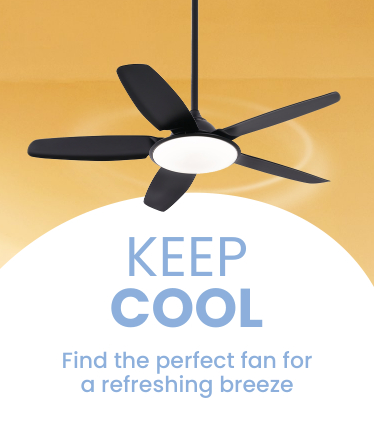


























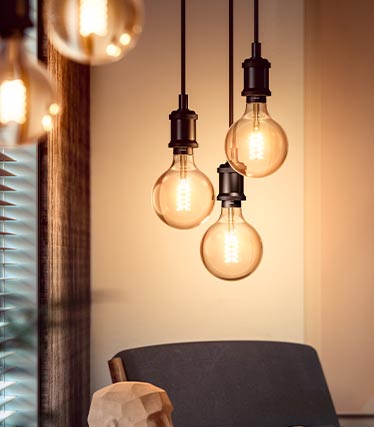








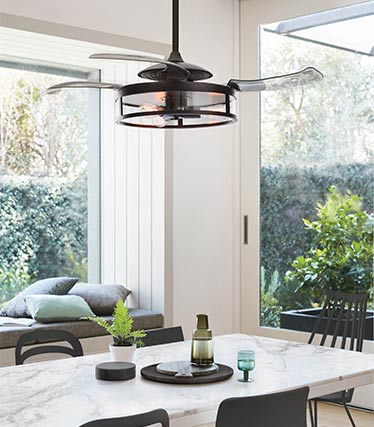

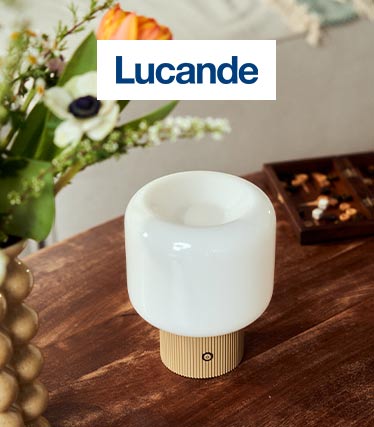




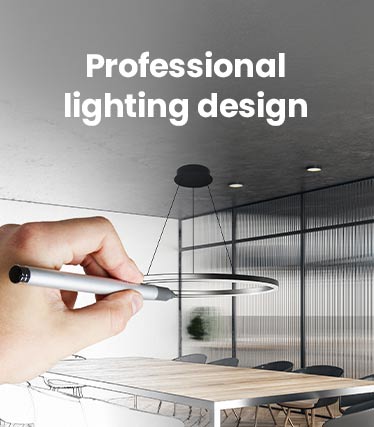




:format(jpeg))
:format(jpeg))
:format(jpeg))
:format(jpeg))
:format(jpeg))
:format(jpeg))